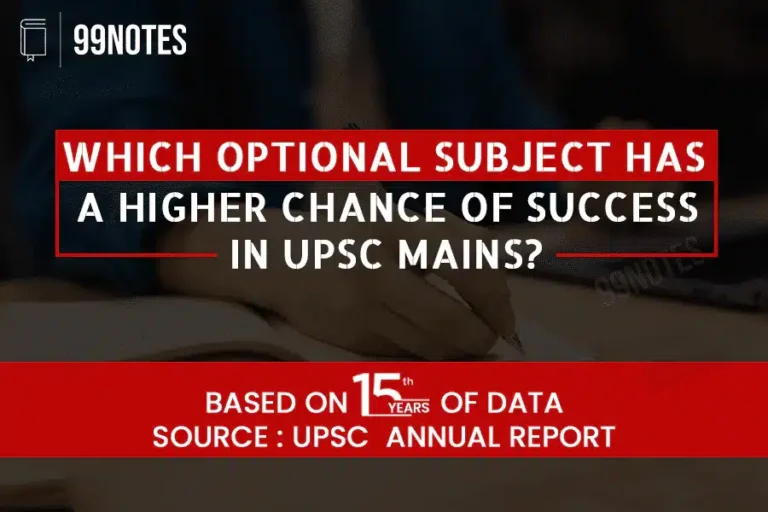Union Cabinet Approves Railway Projects Worth Rs 6,456 Crore
(Source: Indian Express; Section: Govt & Politics; Page: 05)
| Topic: GS3 – Indian Economy – Infrastructure |
| Context: |
|
Analysis of News:

Key Projects and Corridors
- Jamshedpur-Purulia-Asansol (121 km): A third line connecting Jharkhand and West Bengal, linking the Delhi-Howrah and Mumbai-Howrah corridors. Cost: Rs 2,170 crore.
- Sardega-Bhalumuda (37 km): A new double line between Odisha and Chhattisgarh.
- Bargarh-Nawapara Road (138 km): A new line in Odisha, enhancing connectivity for agricultural goods and promoting local textile products. Cost: Rs 2,926 crore.
Economic and Environmental Impact
- The projects aim to boost transportation efficiency, particularly for industrial goods, and reduce CO2 emissions by shifting cargo transport from road to rail.
- The Jamshedpur-Purulia-Asansol corridor alone is expected to save 72 crore kg of CO2 emissions.
Infrastructure Development
- These projects will include the construction of 14 new stations and provide connectivity to approximately 1,300 villages, benefiting about 11 lakh people.
- The routes will support the transportation of essential commodities, aligning with the PM-Gati Shakti National Master Plan.
| About PM Gati Shakti |
Integrated Approach: It intends to bring together 16 infrastructure related Ministries.
|
| PYQ: Investment in infrastructure is essential for a more rapid and inclusive economic growth. Discuss in the light of India’s experience. (250 words/15m) (UPSC CSE (M) GS-3 2021) |
| Practice Question: Examine the significance of the recent Union Cabinet-approved railway projects in enhancing regional connectivity and economic development in eastern India. How do these projects align with the goals of the PM-Gati Shakti National Master Plan? (250 words/15 m) |

